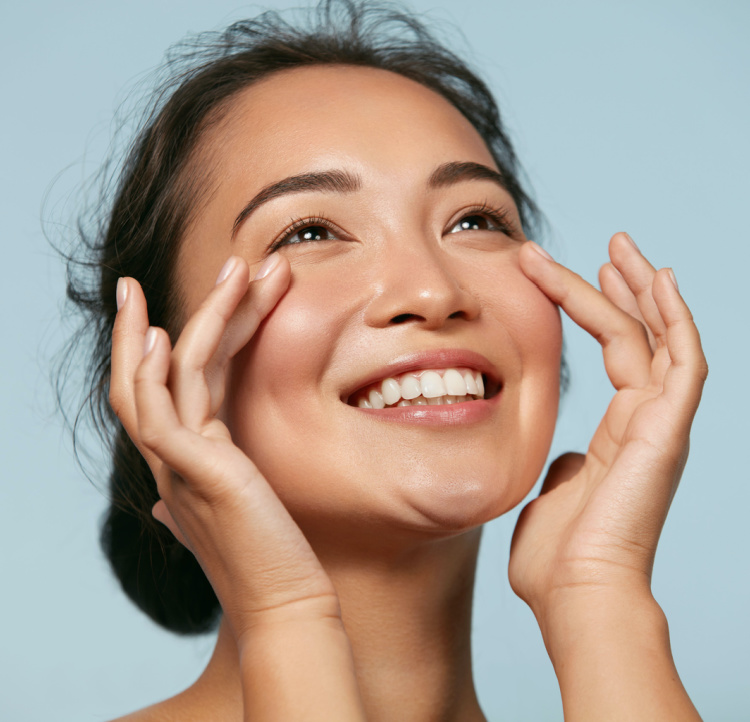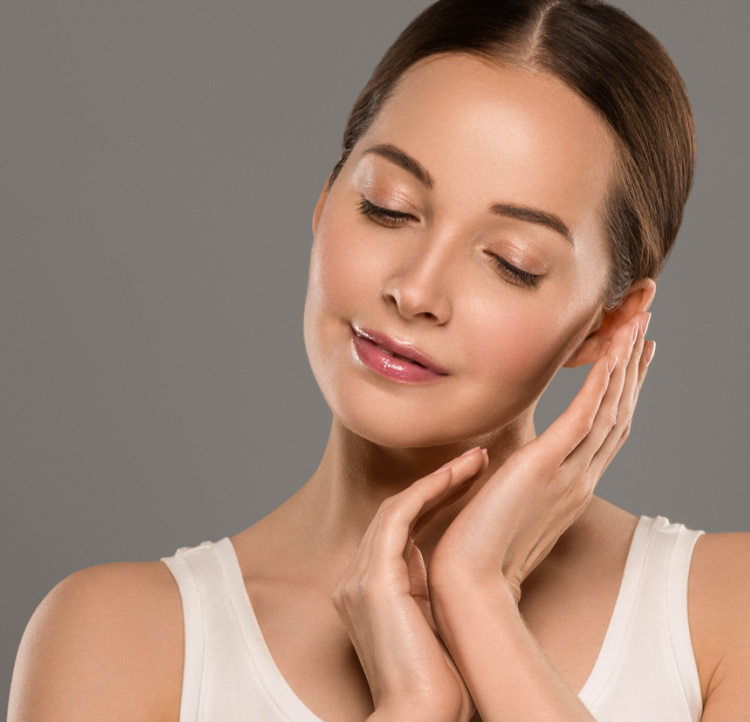Procedure
Laser Resurfacing
What Is Laser Resurfacing?
Laser skin resurfacing is a treatment that removes damaged skin layers to reveal healthier tissue underneath. It can reduce fine lines, wrinkles, acne scars, sun damage, and uneven pigmentation. Different laser types can be used, including ablative lasers that remove thin layers of skin and non-ablative lasers that target deeper layers without affecting the surface. The choice of laser depends on the patient’s skin concerns and treatment goals.
Laser resurfacing is a versatile treatment that can address a range of skin concerns, from fine lines and wrinkles to acne scars and visible veins. By using focused light energy, lasers remove damaged skin layers and stimulate collagen production. At The Gillian Institute in Indianapolis, IN, we use this treatment to refine skin texture and tone for a refreshed appearance.

How Does Laser Resurfacing Work?
Laser skin resurfacing works by directing concentrated light energy into the skin, breaking down damaged cells while triggering a healing response. Ablative lasers, like CO₂, remove outer skin layers to improve deep wrinkles, scars, and texture irregularities. Non-ablative lasers heat the deeper layers, stimulating collagen without removing skin, and are suitable for mild wrinkles and pigmentation issues. The intensity and depth of the treatment are adjusted based on skin type, concerns, and downtime preferences.
What Can Laser Resurfacing Treat?
Fine Lines and Wrinkles
A laser resurfacing treatment prompts the body to generate new, healthier cells. The heat from the laser also stimulates collagen remodeling, which helps smooth fine lines and reduce the depth of wrinkles. Deeper wrinkles may require a more aggressive laser approach, while lighter treatments can be effective for early signs of aging.
Sun Damage and Pigmentation
Skin resurfacing targets excess melanin in the skin, breaking down areas of hyperpigmentation caused by sun exposure. This process helps lighten age spots, freckles, and uneven pigmentation while encouraging new skin cell turnover. The treatment can also improve redness and vascular lesions, depending on the type of laser used.
Acne Scars
Laser resurfacing for scars helps remodel damaged tissue by breaking apart scar fibers and stimulating new collagen production. Acne scars form because of a lack of collagen production during the healing process, so stimulating this process can lead to smoother, healthier skin. Lasers can also soften any hyperpigmentation left behind after acne breakouts.
Uneven Skin Tone and Texture
A laser resurfacing treatment removes irregularities in the skin’s surface and addresses rough patches, dullness, and mild scarring. The laser energy promotes the growth of fresh skin cells while improving light reflection, which contributes to a more even, radiant appearance. Fractional lasers can be particularly effective for refining skin texture without prolonged recovery time.
Large Pores
Laser energy balances oil production and slows collagen loss, which are two factors that contribute to enlarged pores. By stimulating collagen contraction, the laser tightens the skin around pores and makes them appear smaller. Repeated treatments can help refine the skin’s surface and maintain results.
Skin Laxity and Sagging
Laser resurfacing tightens the skin by contracting tissues and triggering collagen remodeling. This effect helps improve mild skin laxity, especially around the eyes, cheeks, and jawline. Skin tightening treatments can provide subtle firming benefits when used alone or in combination with other therapies.
Hand Rejuvenation
The hands often show signs of aging due to sun exposure, collagen loss, and thinning skin. Laser resurfacing removes damaged outer layers while stimulating collagen and elastin production, which helps improve skin texture and elasticity. This treatment can also reduce age spots, fine lines, and crepey skin, making the hands look smoother and more even-toned.
Phoenix CO2 Laser by Rohrer Aesthetics
The Phoenix CO₂ Laser offers a range of skin rejuvenation treatments, from light microlaser peels to deeper resurfacing for more advanced concerns. It uses SwiftScan technology, which allows for precise, even energy distribution and makes hand laser resurfacing easy.
In addition to facial resurfacing, the Phoenix CO₂ Laser includes the RejuVAnate handpiece, designed for women’s health applications. This specialized attachment helps improve vaginal tissue tone, moisture, and elasticity by stimulating collagen production. The versatility of this system makes it suitable for both aesthetic and medical applications.

Comparing Laser Resurfacing With Other Skin Rejuvenation Methods
- Chemical Peels: A laser skin treatment and a chemical peel both remove damaged layers, but peels rely on acids while lasers use heat energy.
- Ultherapy: This treatment stimulates collagen deep within the skin using ultrasound technology. It’s often used for lifting and tightening areas like the jawline and neck.
- Radiofrequency: By heating the dermal layers, radiofrequency encourages collagen remodeling, helping with loose skin and mild wrinkles. Unlike lasers, it doesn’t resurface or remove skin.
- Other Light Treatments: Laser resurfacing delivers concentrated energy for deeper collagen remodeling, while IPL and BBL use scattered light to address redness, sun damage, and broken capillaries.
Frequently Asked Questions about Laser Resurfacing
How Many Laser Sessions Will I Need?
Some patients see noticeable improvement after just one session, especially with more intensive treatment. For deeper wrinkles, scars, or extensive sun damage, multiple treatments spaced several weeks apart may be recommended. We customize the treatment plan based on your skin’s needs and how aggressively we want to approach resurfacing.
How Long Do Laser Resurfacing Results Last?
Results from skin rejuvenation can last for years, but they depend on skin care, sun protection, and natural aging. Deeper treatments provide longer-lasting improvements, while lighter treatments may need periodic maintenance. We recommend following a good skincare routine and wearing sunscreen daily to help preserve your results.

Learn More About Our Laser Resurfacing Treatments in Indianapolis, IN
Laser resurfacing can improve skin texture, discoloration, and signs of aging by removing damaged layers and stimulating collagen production. At The Gillian Institute, we use advanced laser technology to refine the skin while customizing treatments for different concerns, from fine lines to acne scars. To schedule a consultation in Indianapolis, IN, call (317) 787-3260 for the downtown office or (317) 913-3260 for the northside location, or contact us through the online form.